NCERT Solutions for Ch 2 Diversity in the Living World Class 6 Science
Book Solutions1
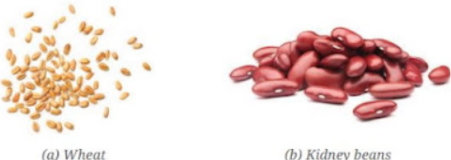
Answer
Wheat is monocot while kidney beans are dicot.
2
Horse, Dolphin, Frog, Sheep, Crocodile, Squirrel, Whale, Earthworm, Pigeon, Tortoise
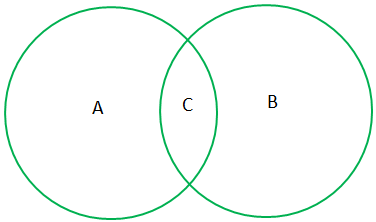
Answer
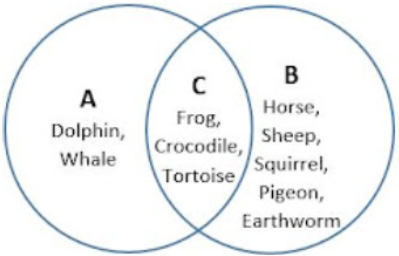
B. Terrestrial: Horse, Sheep, Squirrel, Pigeon, Earthworm
C. Both aquatic and terrestrial: Frog, Crocodile, Tortoise
3
Answer
Root type and leaf venation of radish is given below:• Type of root: Taproot (thick, fleshy taproot)
• Leaf venation: Reticulate venation (because radish is a dicot plant)
4
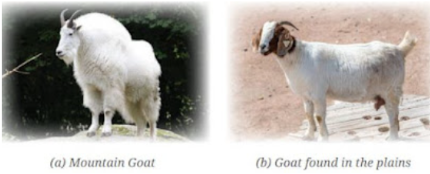
Answer
Similarities between mountain goat and goats found in plains:• Both are goats and belong to same family.
• Both have horns and hooves.
• Both are herbivore animal.
Difference between mountain goat and goats found in plains:

5
Answer

Or,
Group 1: Animals which can fly
• Pigeon
• Bat
• Cockroach
• Grasshopper
Group 2: Animals which cannot fly
• Cow
• Tortoise
• Whale
• Fish
• Lizard
6
Answer
Effects of deforestation:
• Loss of habitats for animals and plants.
• Reduction in biodiversity.
• Climate change due to fewer trees absorbing carbon dioxide.
• Soil erosion
Addressing the challenge:
• Plant more trees (afforestation).
• Create protected areas for wildlife.
• Use resources wisely and reduce waste.
• Public awareness which means educating people about the importance of forests.
7
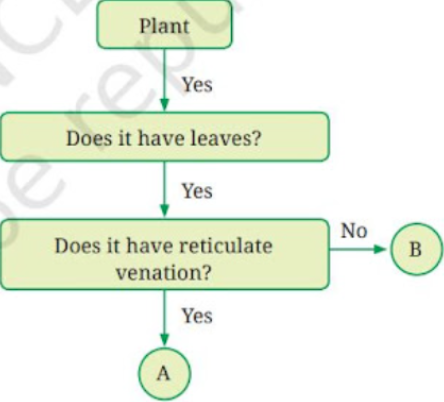
Answer
A. Plants with reticulate venation: Examples include mango, rose, or any other dicot plant
B. Plants with parallel venation: Examples include grass, wheat, or any other monocot plant
8
Answer
Sanjay could ask following questions for clarificatio:i. How tall is the gudhal (hibiscus) plant?
ii. Does it have a single main stem or multiple stems?
iii. Are the stems of Gudhal plant woody or soft?
iv. Do the branches start near the ground or higher?
9
Based on the information in the table, find out examples of these plants for each group.

(a) What other similarity do plants of group A have?
(b) What other similarity do plants of group B have?
Answer

(b) Plants in group B have parallel venation in their leaves.
10
What differences do you observe in the feet of the duck compared to the other birds? Which activity would the duck be able to perform using this part?
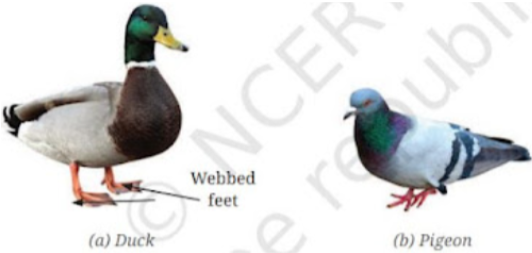
Answer
Difference: The duck has webbed feet, while the pigeon has separate toes.Activity: The webbed feet help the duck swim in water. They act like paddles, making it easier for the duck to move through water.